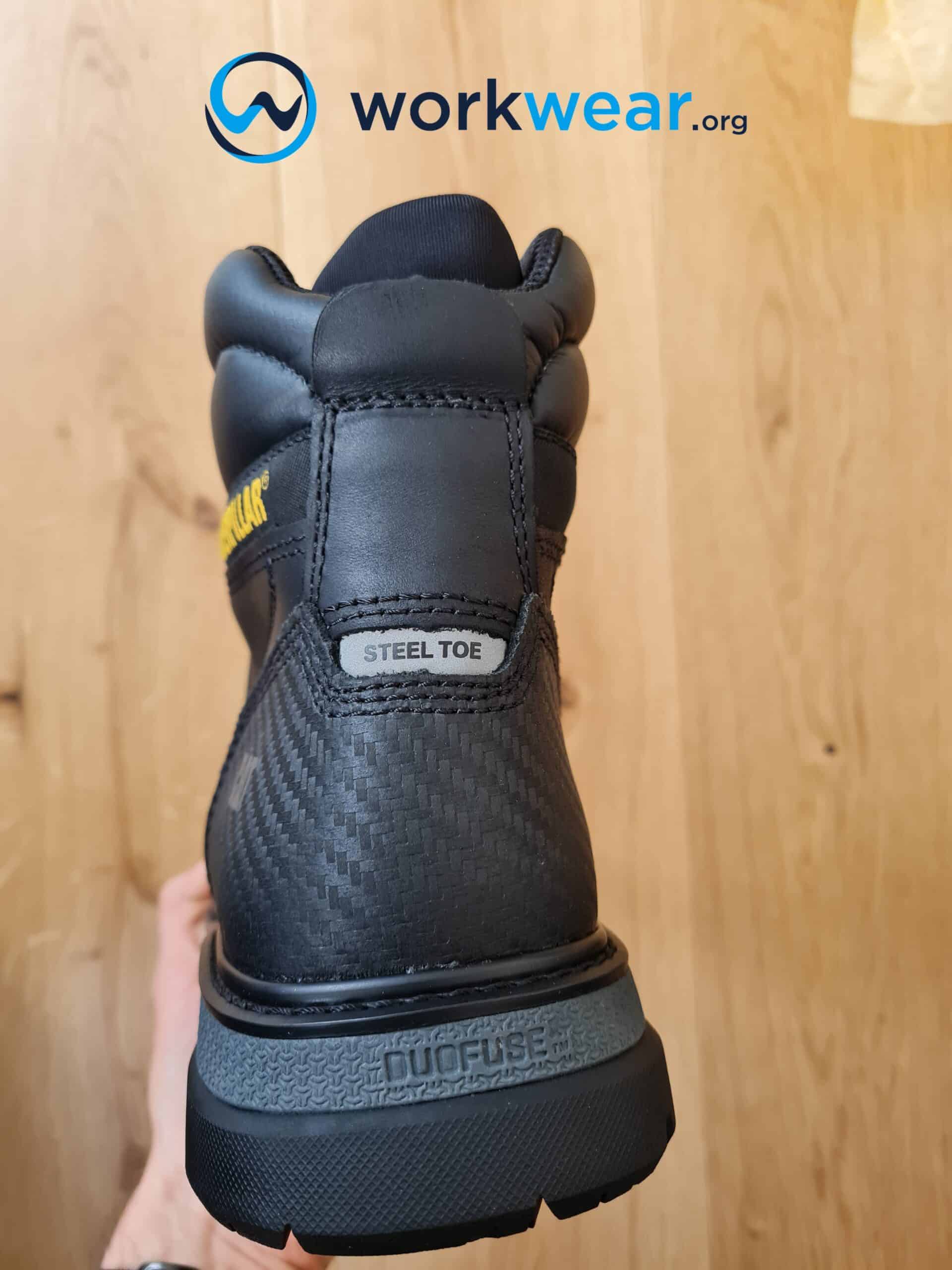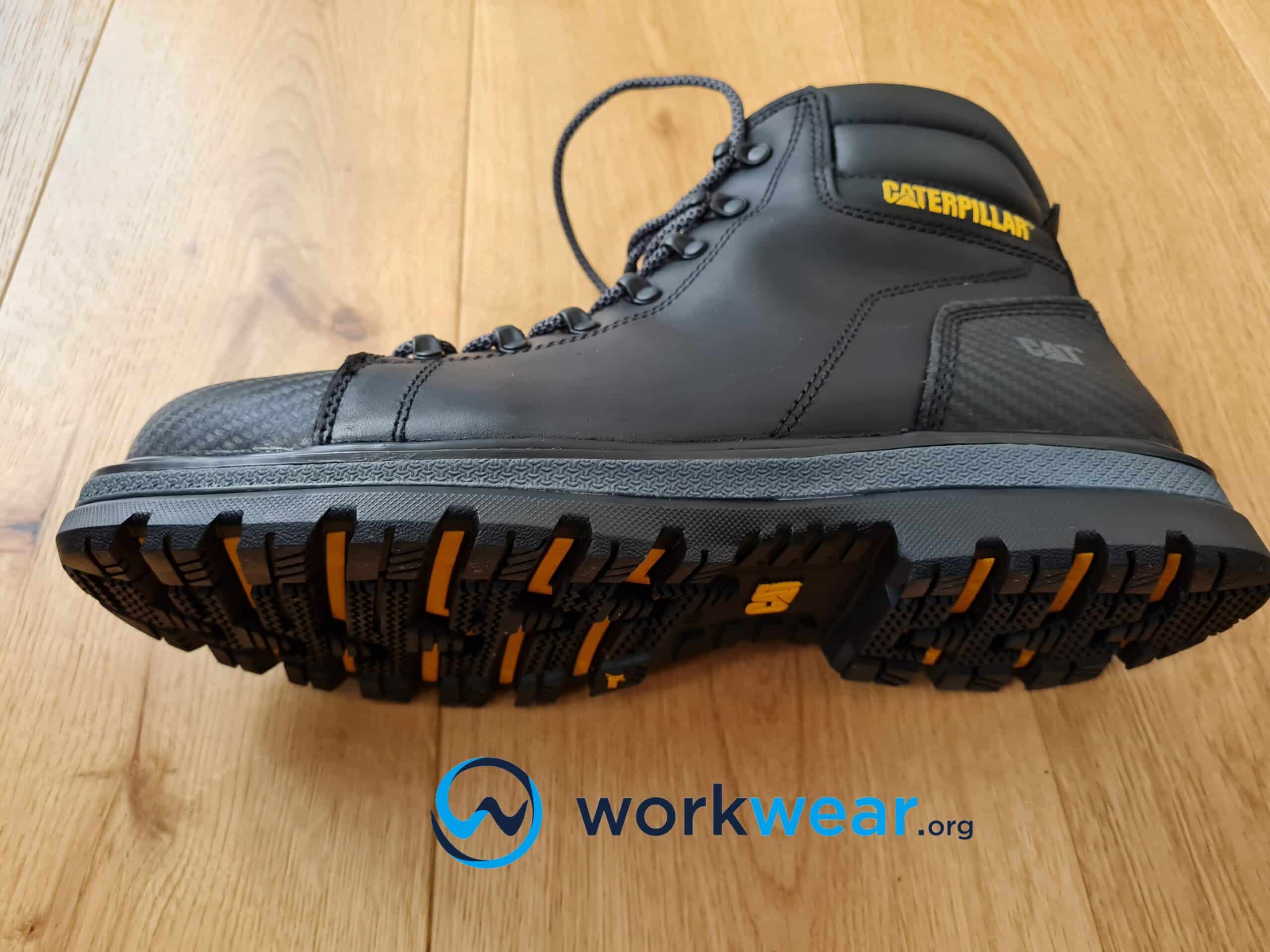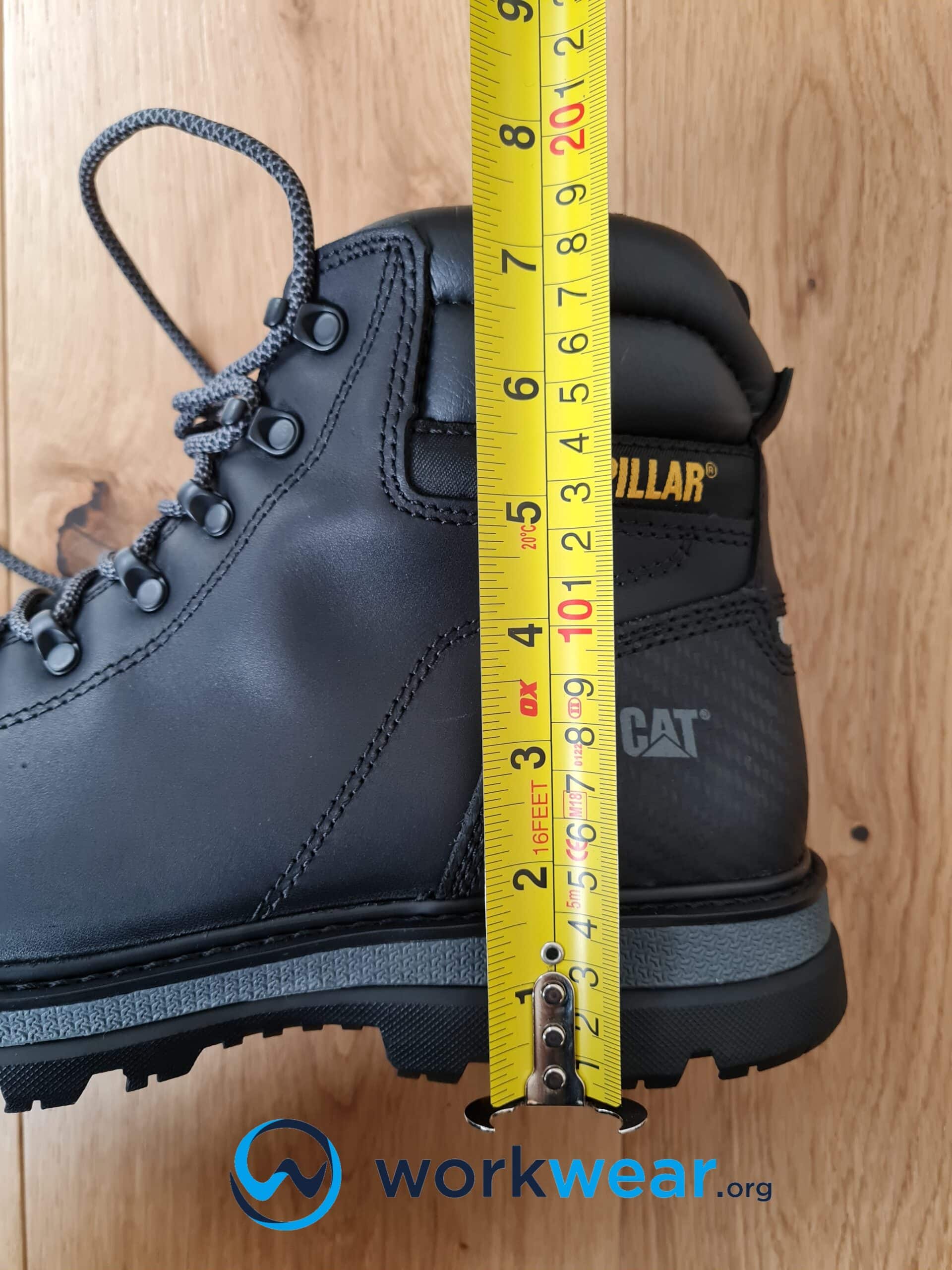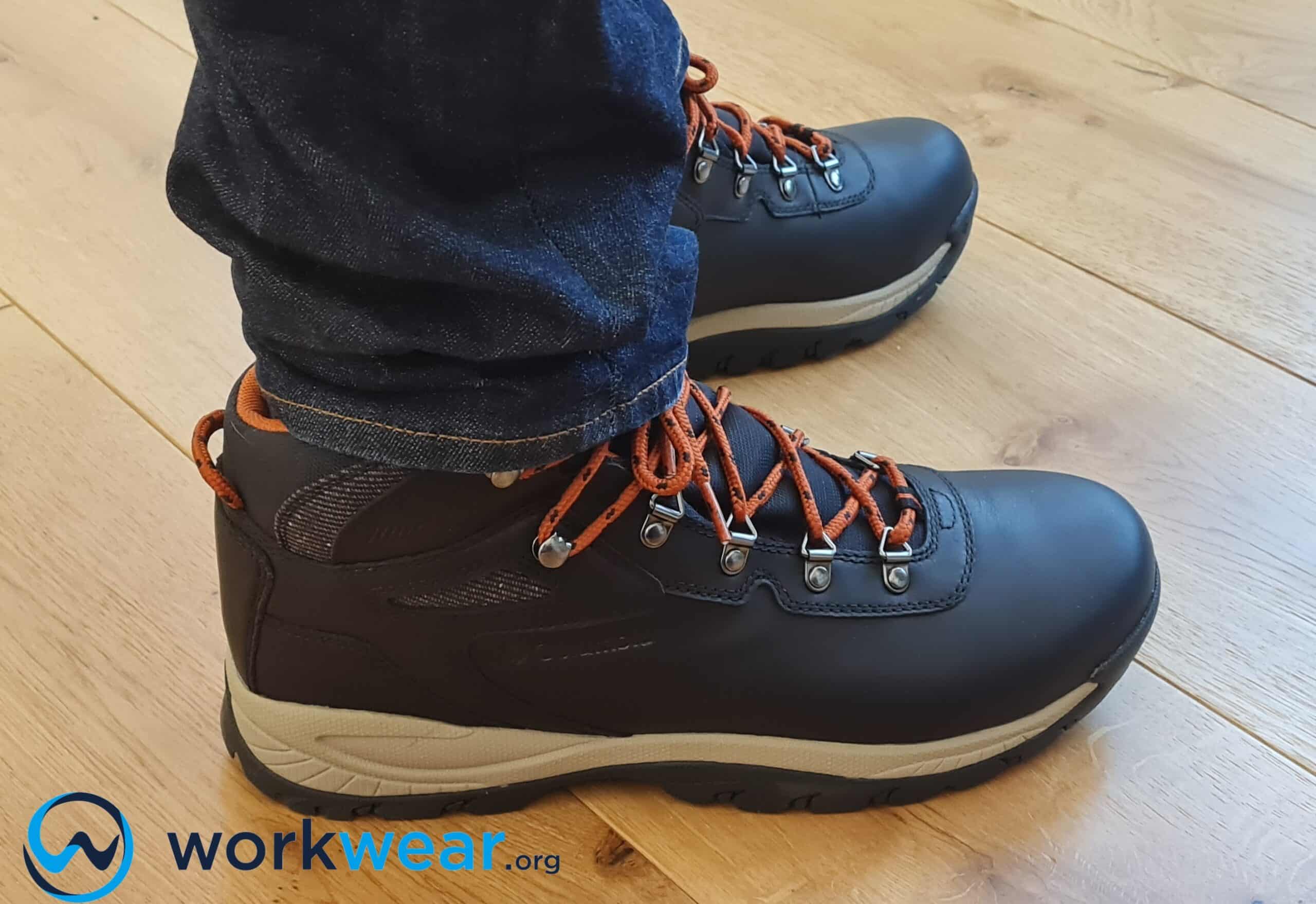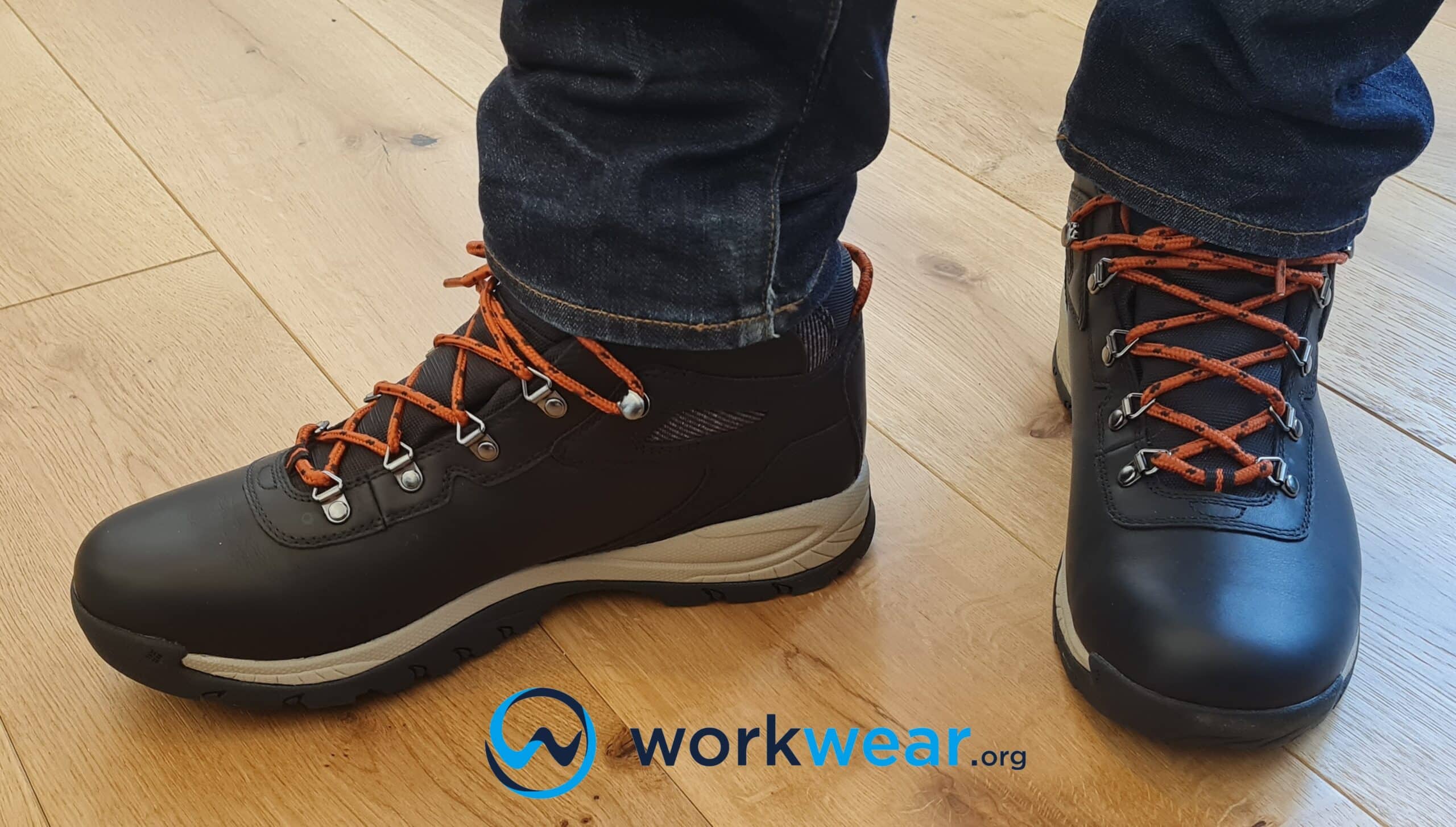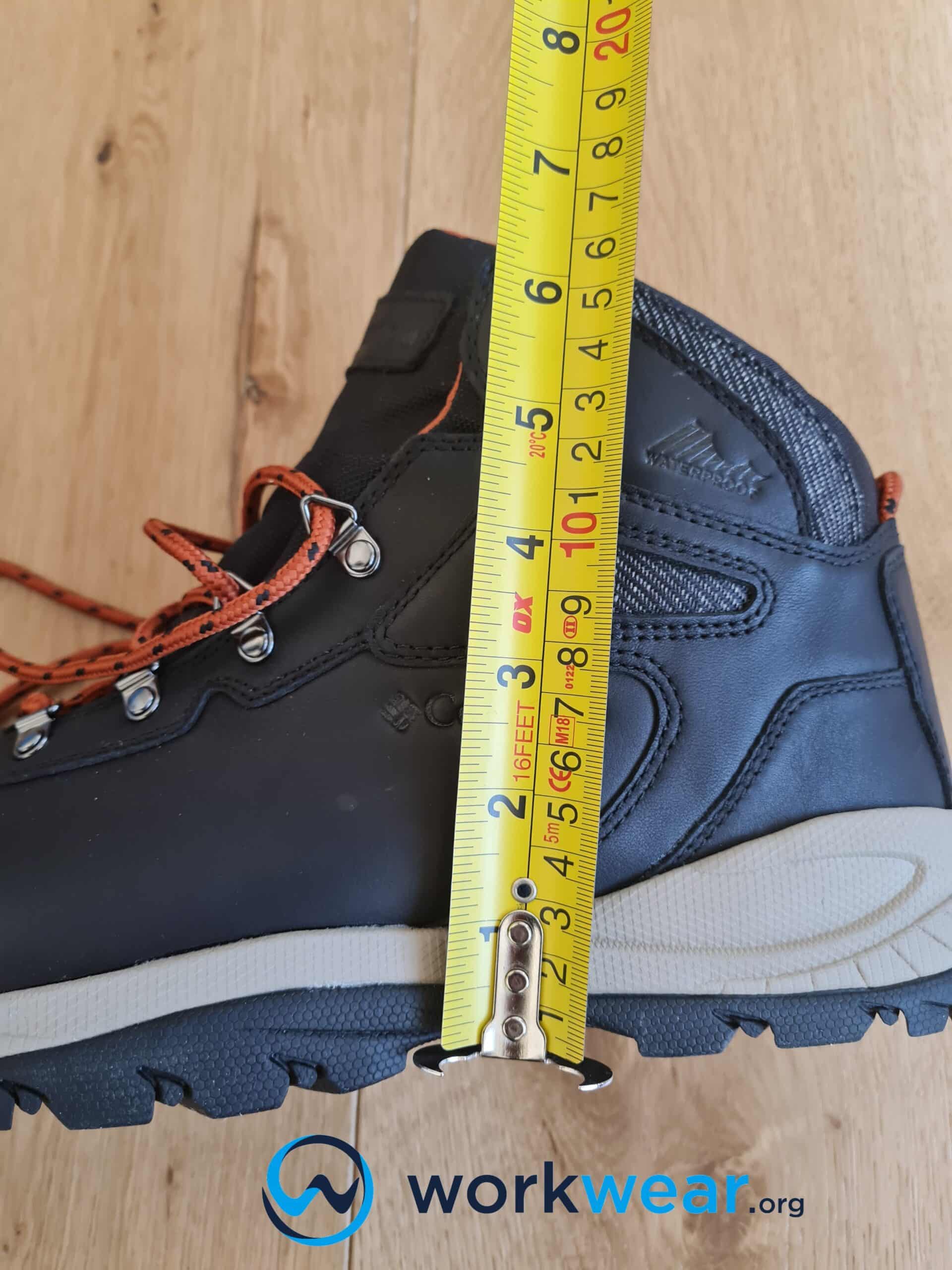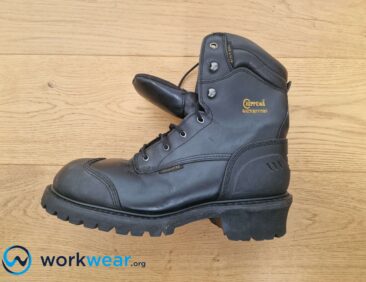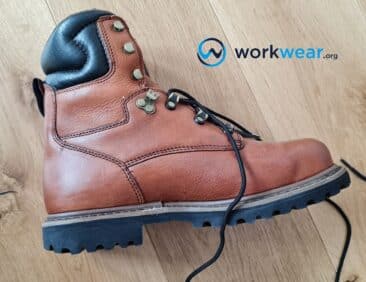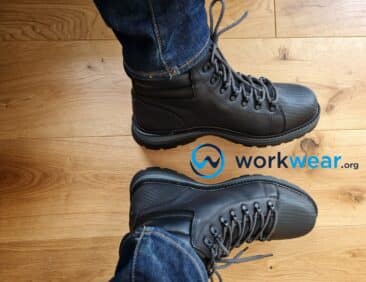Work Boots vs Hiking Boots
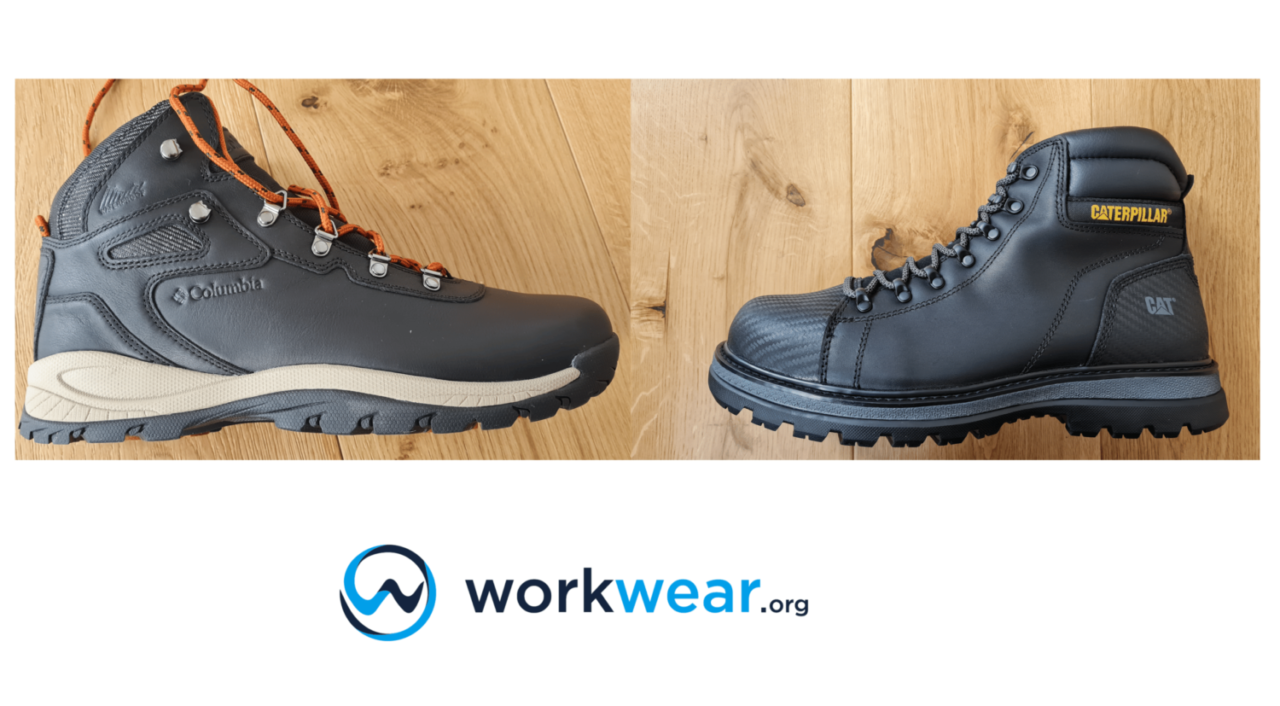
The right work boots can protect and keep your feet comfortable even in highly demanding work environments. Some jobs require almost as much walking as hiking, so it’s important to have work boots that can take on continuous foot movements without sacrificing reliable performance. Work boots are designed to keep up with the demands of different job conditions and can offer lasting foot comfort depending on their features. Meanwhile, hiking boots are built to support the feet and keep them comfortable over long distances, making them ideal for jobs that involve hours of walking or standing. In this article, we’ll look at the differences between the two choices so it will be easier to decide which option is more suitable for you.
Work Boots
Work boots are constructed to protect the feet against hazards encountered in the work environment. They come in various designs that cater to different activities or style preferences. They can even be worn outside of work and enhance your style. Depending on their construction, work boots are usually packed with safety features to ensure that your feet are fully protected in hazardous settings. They may also be designed with components that increase comfort for pain-free walking while on the job.
Pros
Protective features
Work boots are built to deliver superior protection, ensuring that the feet won’t suffer from serious harm when exposed to safety threats. Safety toe caps (made with metallic or composite materials) are some of the most common protective features that are fitted into work boots. Still, even soft toe options are often equipped to offer enhanced safety with qualities such as electrical hazard protection and waterproofing.
Durable structure
Work boots usually have heavy-duty structures that are strong enough to take on challenging job conditions without compromising comfort and protection. In addition, their materials are built to deliver lasting performance and won’t easily be damaged even with extensive use in tough conditions.
Comfortable
Most work boots have comfortable designs, making it easier to walk for extended periods without feeling discomfort. Even if they’re heavier than other boots, they can be equipped with enhancements that increase comfort by absorbing shock or providing ample cushioning to reduce the risk of a painful experience greatly.
Versatile designs
Work boots come in different designs that cater to work environments and style preferences. As a result, it’s not difficult to find a work boot that suits the job’s requirements while looking great at the same time. Aside from the traditional work boot profile, more designs are available, including moc toe, wedge, and slip-on silhouettes.
Cons
Typically heavier than hiking boots
Heavy-duty work boots are made with durable materials that last a long time, but they’re also heavy. The extra bulk can weigh the feet down, making it uncomfortable to walk or stand for long periods. The bulky feel of tough work boots can also restrict movements, so walking and moving around comfortably can become harder.
Less flexible than hiking boots
The materials used for work boots’ uppers and soles are designed to provide lasting durability but are often very stiff. The thick leather materials used on the uppers can painfully dig into the feet, while the rigid rubber outsoles of work boots can make walking more difficult by restricting the natural foot motion.
Uses of Work Boots
Depending on their design, work boots can be used in different work conditions. For example, work boots with safety toes can be used for jobs exposed to impact and compression risks, such as construction workers, carpenters, and landscape workers. Meanwhile, soft-toe work boots are ideal for non-hazardous jobs, including sales personnel, food service staff, and drivers.
Hiking Boots
Hiking boots are built to support the feet in varying weather conditions, such as those that can be expected when hiking or working outdoors. Their design keeps the feet comfortable during long walks, especially since these boots don’t have a bulky upper that’s more commonly associated with heavy-duty work boots. Most hiking boots have sporty profiles that make them ideal for casual surroundings, such as informal work areas or other laidback (non-work) settings.
Pros
Strong traction
Most hiking boots feature outsoles with multidirectional treads, allowing them to maintain continuous stability while walking on slippery slopes, unstable ground, and other challenging outdoor surface conditions. The way the treads are designed on the outsoles gives hiking boots a stronger traction level compared to most work boots.
Flexible
Boots for hiking come with more flexible soles than the ones on most work boots. The flexibility allows the feet to move naturally for more agile movements, even in tricky ground conditions. This quality also enhances comfort since the sole doesn’t have the unwelcome rigidity that can hinder movements.
Strong ankle support
Hiking boots usually offer superior ankle support with an extended height and ample cushioning on the collar. This enhanced support keeps the ankle in its proper position, protecting it from accidentally twisting when walking on uneven terrains—the enhancement results in more stable walking on different surfaces encountered on outdoor worksites.
Lightweight
The structures of hiking boots are often lightweight, especially compared to tough work boots. The reduced weight is designed to help the wearer walk more easily and comfortably, without considerable weight burdening the foot and calf muscles even after long hours of continuous movements.
Waterproof
Most hiking boots have waterproof structures to protect the feet against excessive wetness. These boots keep the feet dry during long hikes in the rain and can even block the wetness from entering when crossing streams or stepping on puddles. The waterproof construction can also come with breathable and quick-drying components that guarantee comfortably dry feet throughout the day.
Sporty look
Hiking boots have sporty designs that work remarkably well in outdoor settings. Their rugged styles also make them ideal for outdoor use, informal job sites, and casual use in relaxed surroundings.
Cons
Not as durable as heavy-duty work boots
Hiking boots are built with a strong emphasis on support and comfort, but they’re not usually the most durable footwear choices. Generally, the materials used in creating hiking boots aren’t as durable and strong as those used in work boots.
Not suitable for hazardous settings
Hiking boots typically don’t have the protective features to guarantee the feet’ protection against safety threats. They may be great for varying outdoor weather conditions, but they may not prevent injuries that can come from impact and compression threats, puncture hazards, and other safety risks.
Look too rugged for some work areas
The sporty look of hiking boots makes them ideal for casual settings, but they aren’t the best choices for formal work environments. Their rugged appearance will look out of place in indoor office settings and other conditions that call for more professional-looking footwear.
Uses of Hiking Boots
Hiking boots are suitable for jobs exposed to wet outdoor conditions, such as ranch workers and plumbers. Their comfortable, lightweight profiles are also ideal for indoor jobs involving long walking or standing hours – including delivery personnel, warehouse staff, and light manufacturing jobs.
Work Boots vs Hiking Boots – Comparison Table
| Boot Type |
Pros |
Cons |
|---|---|---|
| Work Boots |
|
|
| Hiking Boots |
|
|
Conclusion
Work and hiking boots provide superior performance and aesthetic benefits for their specified activities and environments. Hiking boots function superbly outdoors in varying weather conditions but can also be used in non-hazardous work settings. Meanwhile, work boots are built to deliver reliable performance in various work conditions, depending on their construction. Unfortunately, based on how conventional work boots are built, they are generally unsuitable for most hiking activities. However, some work boots with sufficient sole traction can still function remarkably well in outdoor settings.
678+
Products Reviewed
24+ Years
Combined Experience
500+ Hrs
Field Testing
